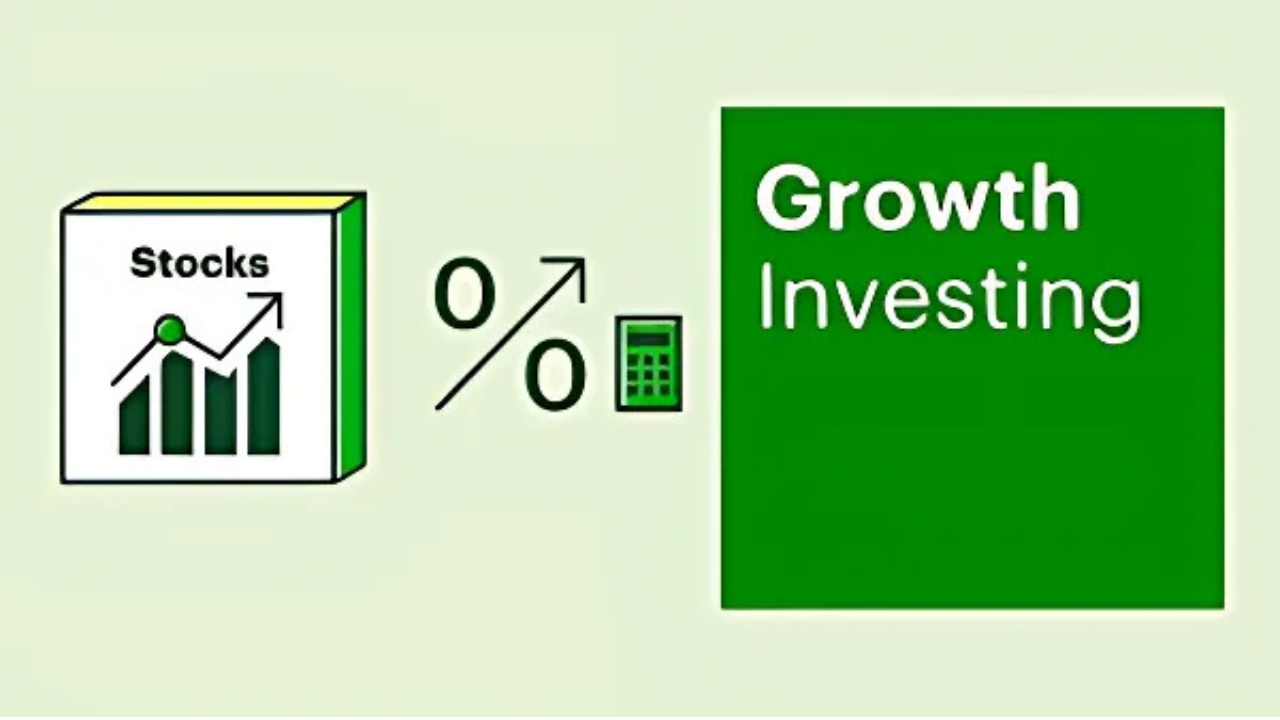Value vs. Growth Investing: Which Strategy Suits You Best?
With the Indian stock market touching new highs in 2025, many people—especially new investors—are confused about how to pick the right stocks. Some say “go for value stocks,” while others suggest “growth stocks are the future.” So, what’s the difference? Which one is right for you?
In this guide by Entrepreneurs, we’ll explain both investing styles in simple terms and help you decide which one fits your goals best.
What is Value Investing?
Value investing means buying stocks that are currently undervalued in the market. These companies usually have strong fundamentals—like profits, assets, and low debt—but their stock prices are low due to temporary issues.
Example: A well-established company like an FMCG brand that is currently out of favour due to short-term market trends but has strong long-term potential.
Common Features:
- Stocks are cheaper than their actual worth.
- Often pay dividends.
- Less risky in the long run.
Suitable for: Long-term investors who prefer stable returns with less risk.
What is Growth Investing?
Growth investing is about choosing companies that are expected to grow faster than others, even if their stock prices are already high. These companies reinvest profits to expand and may not offer dividends.
Example: A tech startup that’s growing rapidly in users and revenue, like fintech or AI-based platforms.
Common Features:
- High future potential.
- Focus is on capital gains, not dividends.
- Prices can be volatile.
Suitable for: Young investors or those who are okay with higher risk for higher rewards.
Quick Comparison Table
| Feature | Value Investing | Growth Investing |
| Price of Stocks | Usually low (undervalued) | Usually high (future potential) |
| Risk Level | Lower | Higher |
| Returns | Steady over time | Can be quick or volatile |
| Dividends | Mostly yes | Mostly no |
| Investment Horizon | Long-term | Medium to long-term |
What Are Indian Investors Choosing in 2025?
According to recent market reports, Indian investors are slowly returning to value stocks after chasing growth stocks for the last few years. Sectors like PSU banks, pharma, and energy are showing value potential.
On the other hand, growth investing is still strong in sectors like electric vehicles (EV), technology, and renewable energy.
Mutual fund houses are also offering “value-focused” and “growth-focused” funds separately, making it easier for retail investors to choose.
How to Decide What’s Right for You?
Ask yourself these questions:
- Are you a first-time investor?
- Can you wait for years to see returns?
- Do you want regular income through dividends?
- Are you okay with market ups and downs?
If you prefer safety and regular income → Value Investing might be a better fit.
If you’re aiming for bigger gains and can handle risk → Growth Investing could work for you.
Can You Mix Both?
Yes! Many smart investors combine both. This is called a blended strategy. It gives balance—steady returns from value stocks and high potential from growth stocks.
Even mutual funds now offer “value + growth” portfolios. So you don’t need to pick only one side.
Final Words from Entrepreneurs
There is no one-size-fits-all answer. The right investment style depends on your personal goals, age, and risk appetite. Whether you lean towards value or growth—or use both—the key is to stay informed and consistent.
Investing is not a race. It’s a long journey. Choose what makes sense for you—and stick to it.
For more investing tips, beginner guides, and updates on the Indian stock market, keep reading Entrepreneurs.







